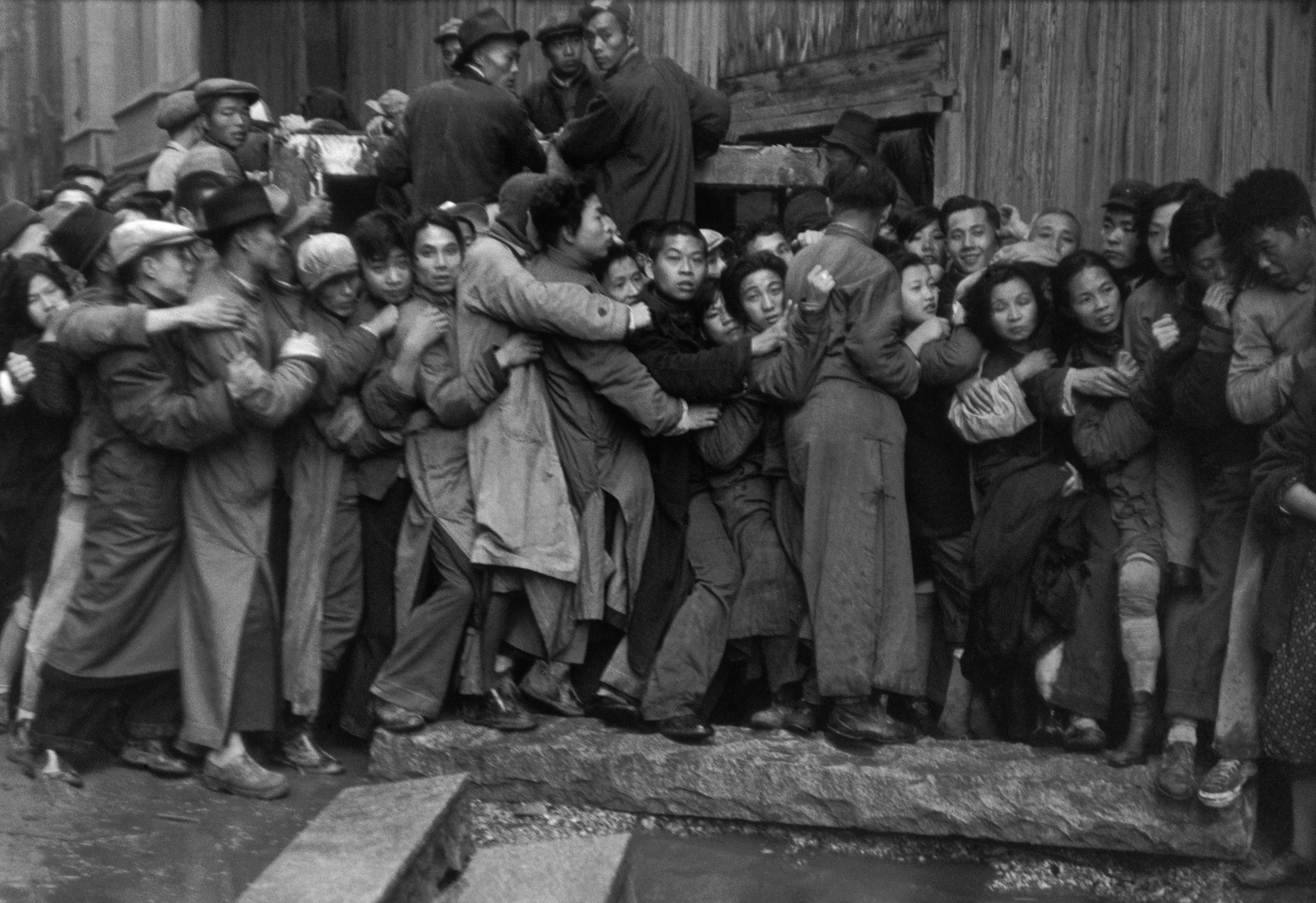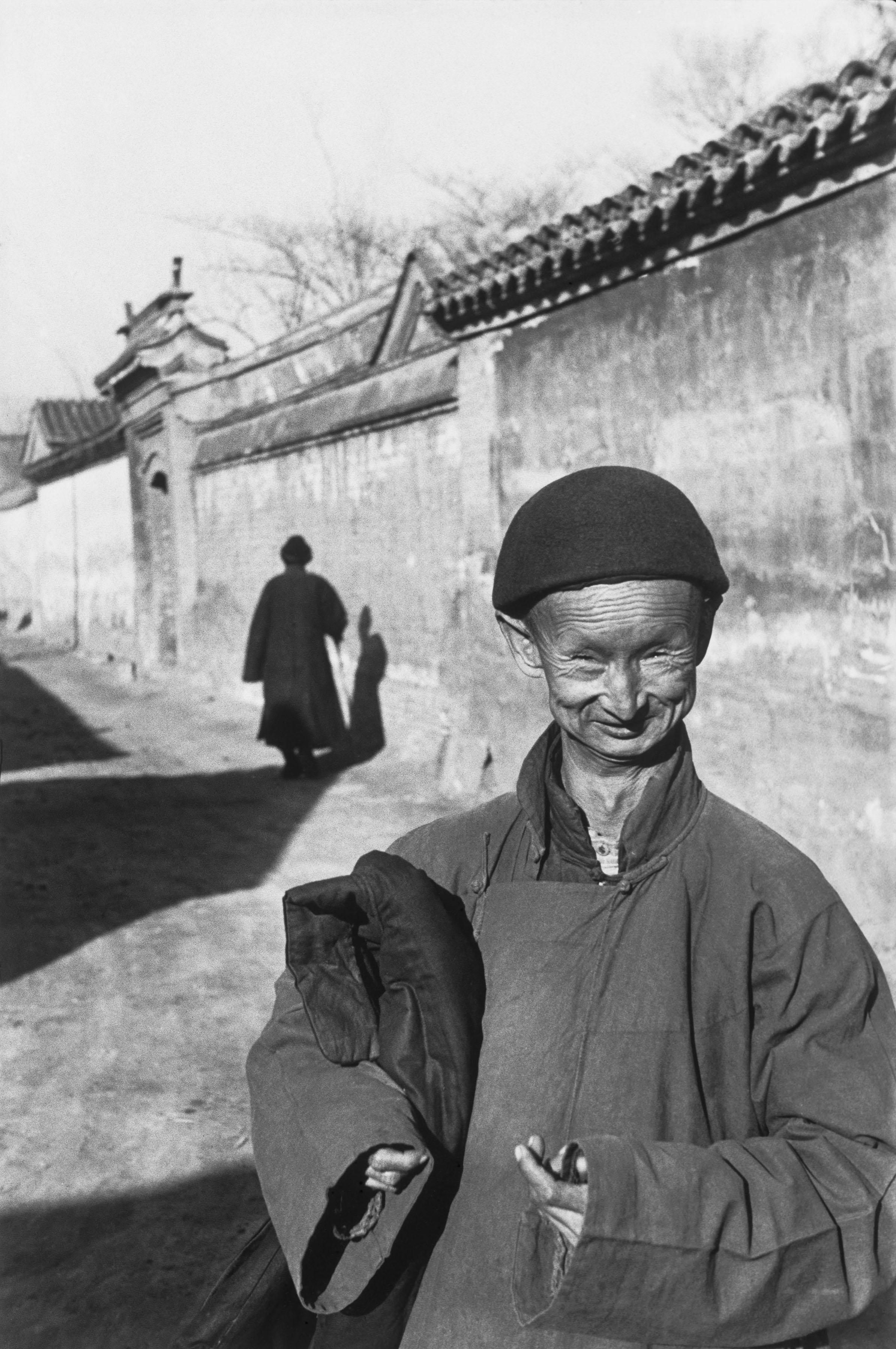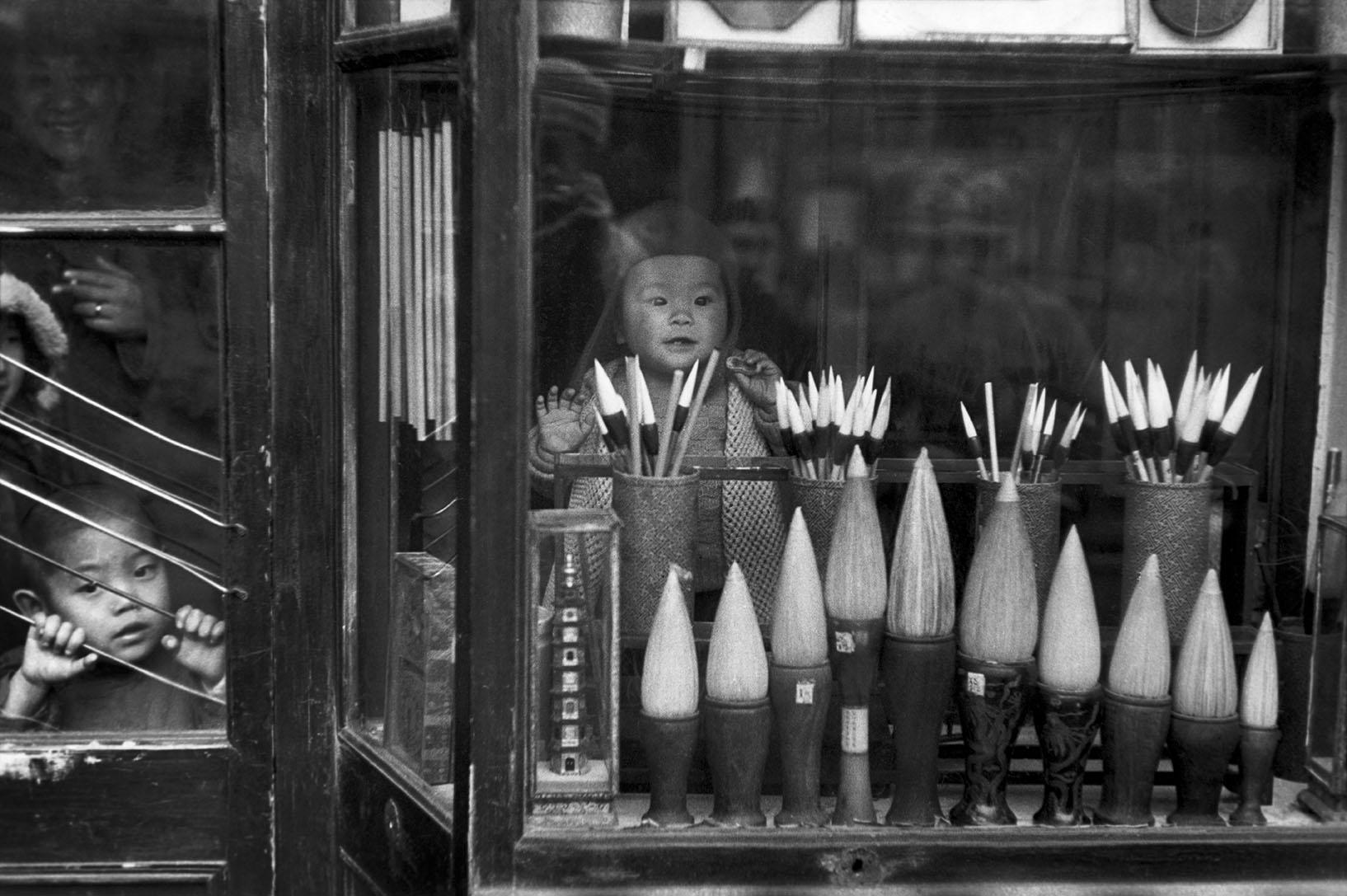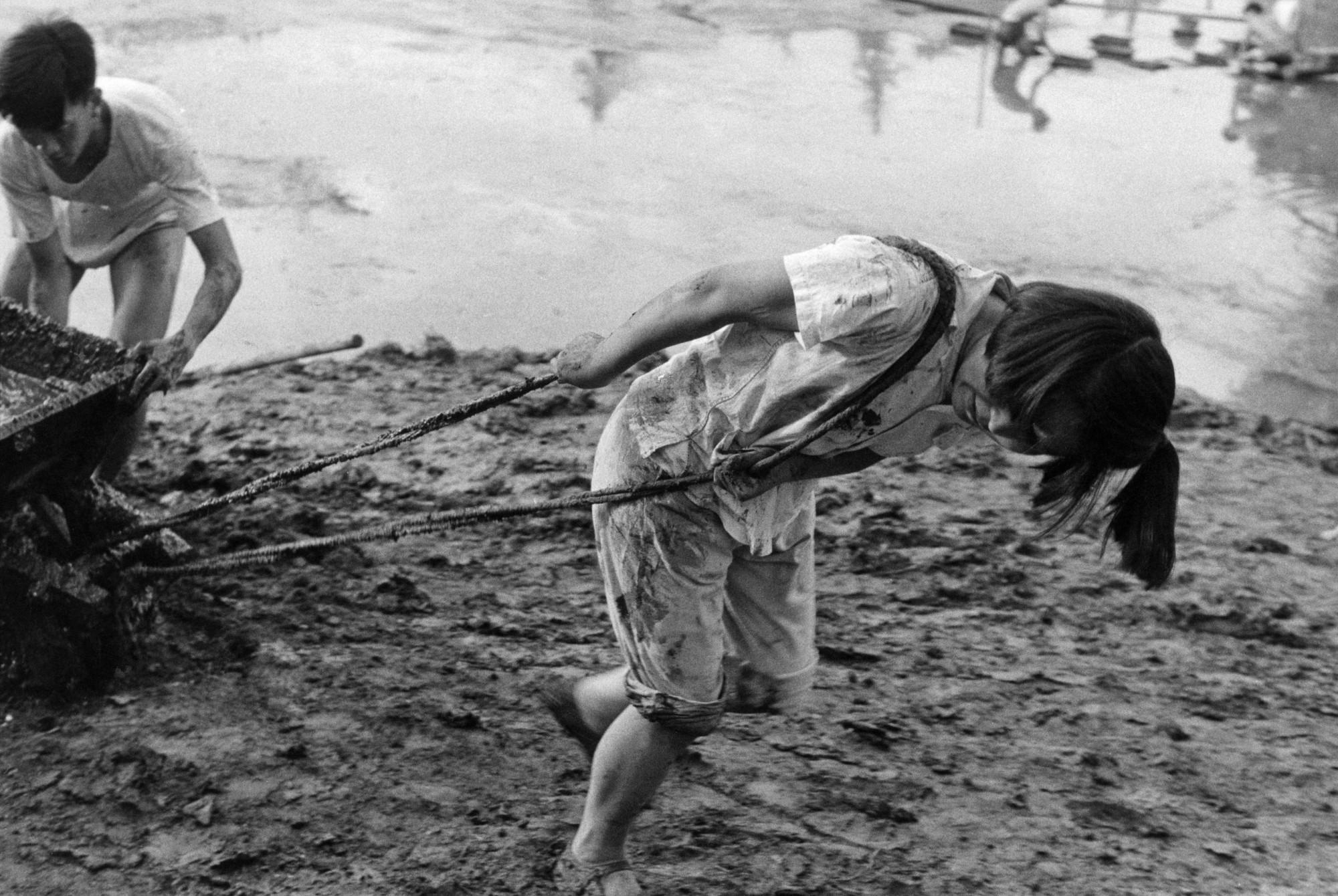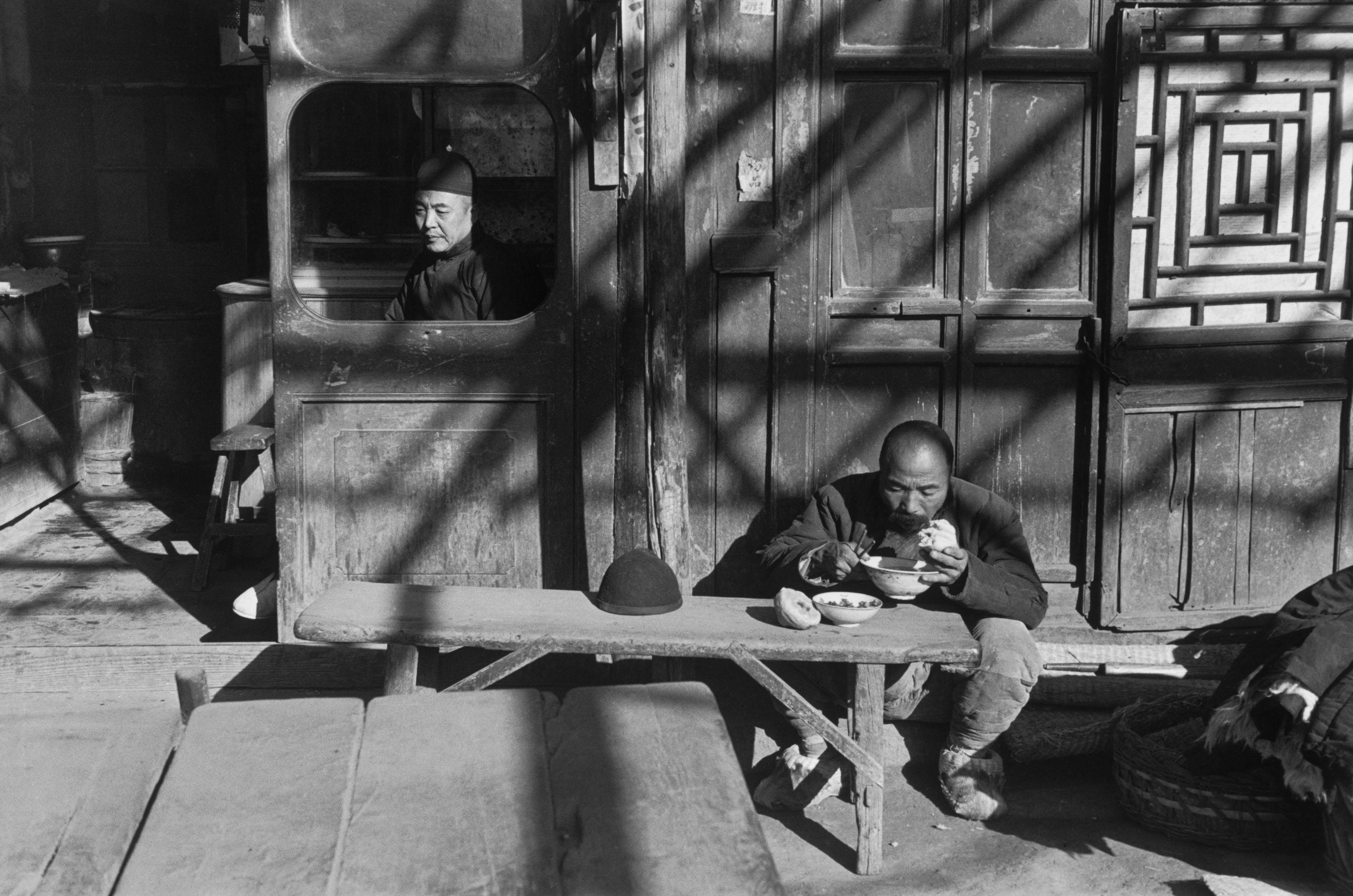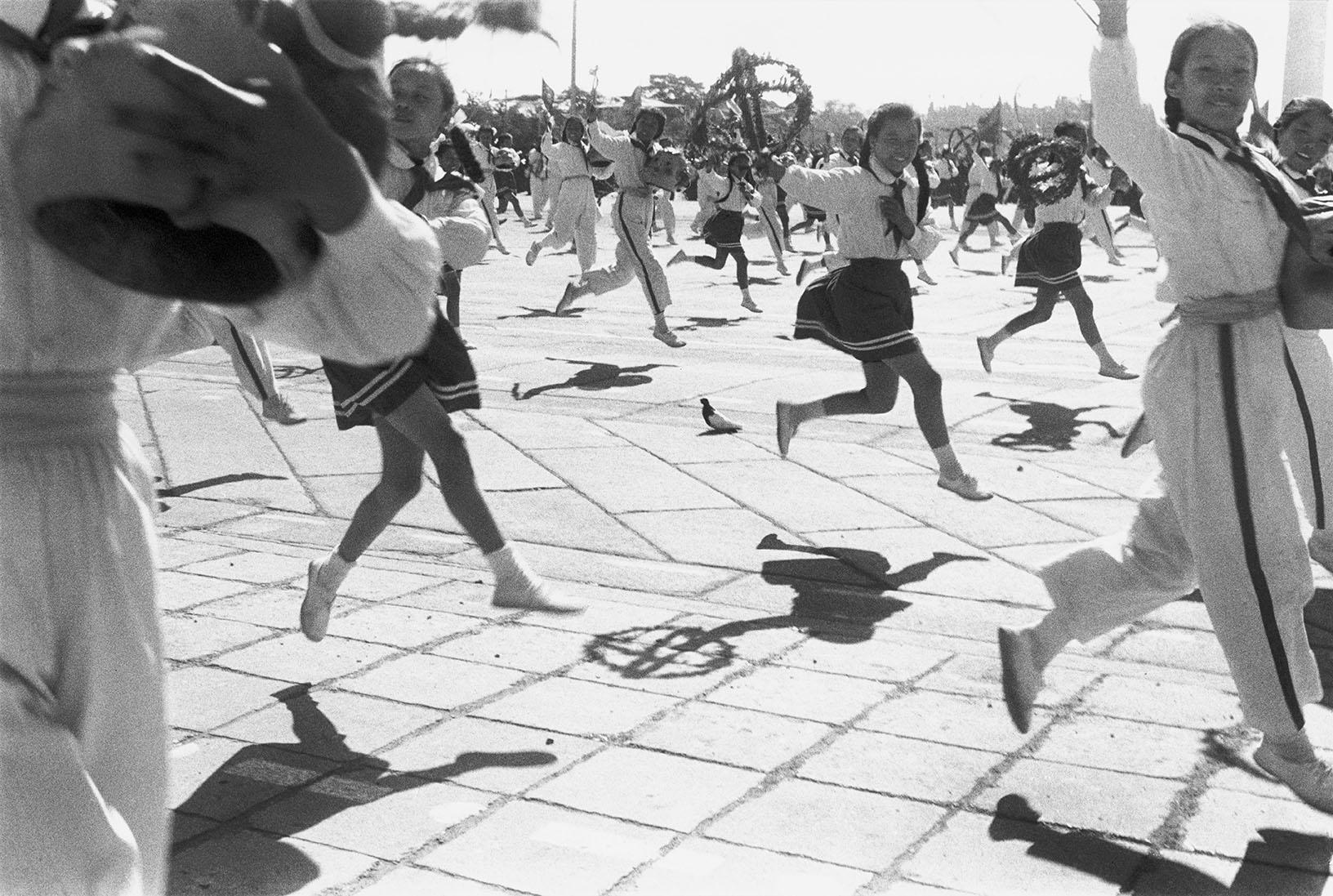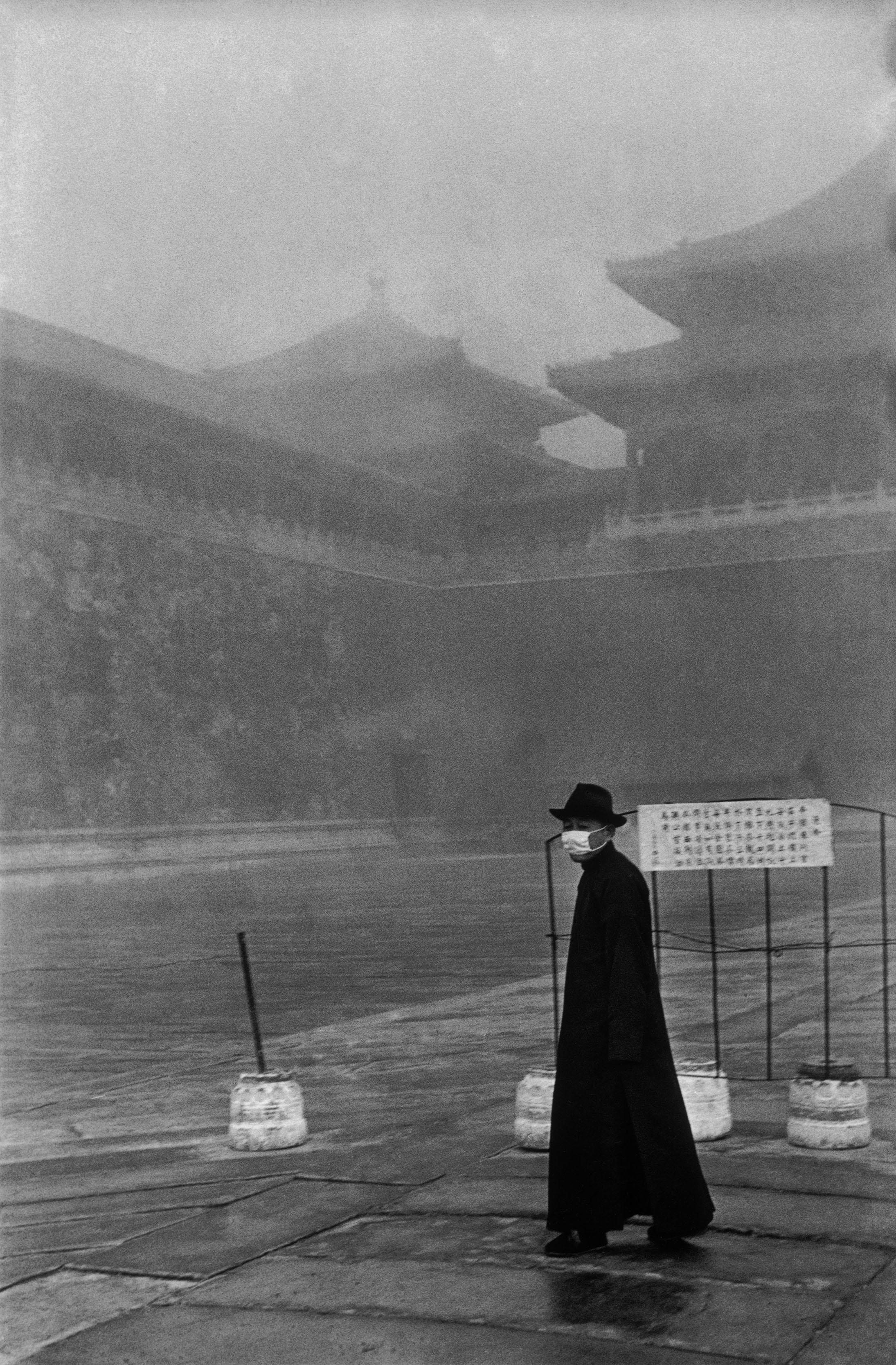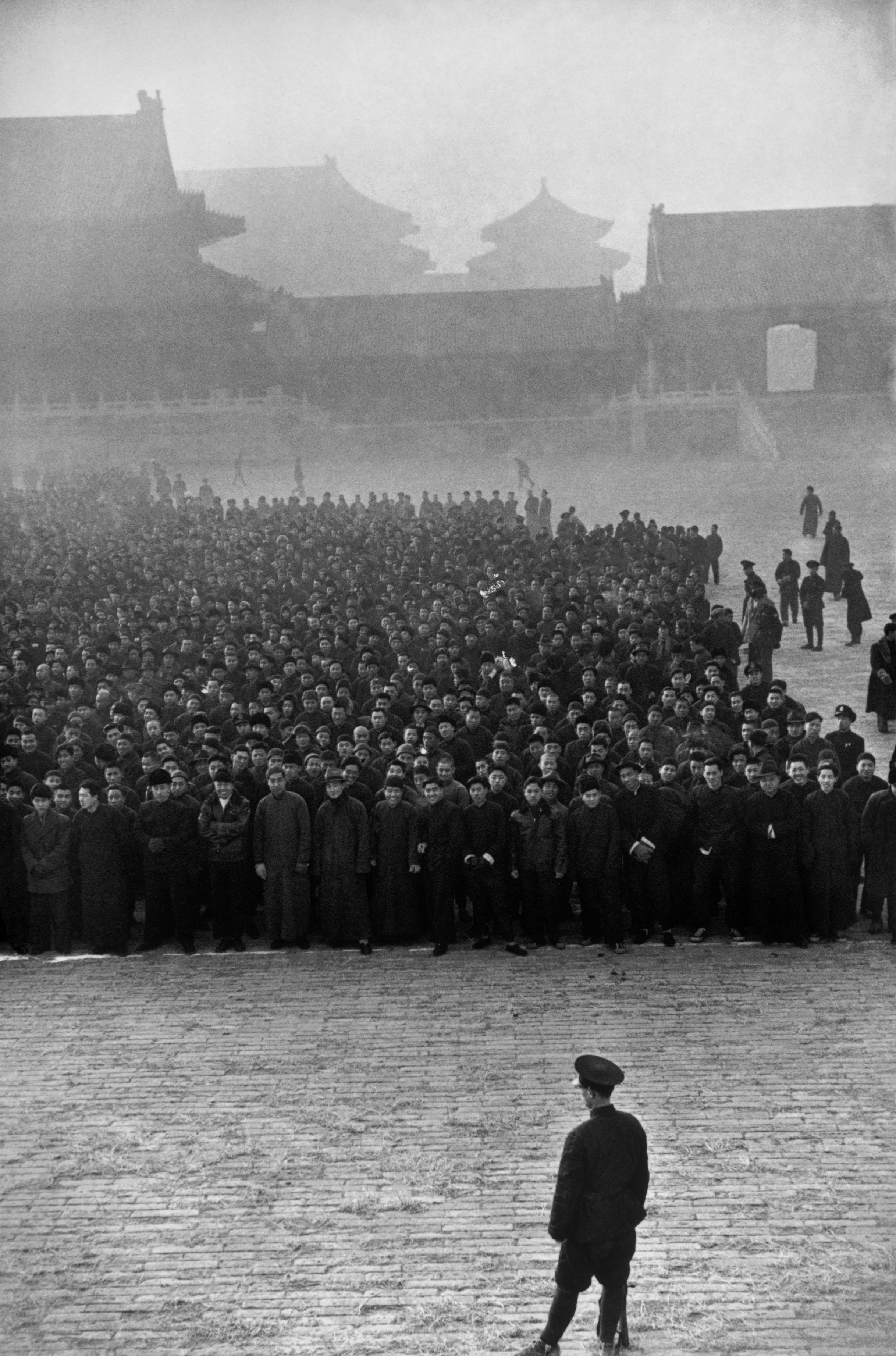Born in Chanteloup-en-Brie in 1908, Cartier-Bresson grew up in a bourgeois family of textile merchants and manufacturers. From a young age, he knew he did not want to take up the family business. His school years were spent studying painting and the arts. In 1929, he bought his first camera and, two years later, a 50mm Leica, a small, portable camera that became his personal favorite. In 1934, Cartier-Bresson met the Polish intellectual David Szymin (later David Seymour) and the Hungarian photographer Endré Friedmann, more widely known as Rober Capa. With them and other photographers—George Rodger, William and Rita Vandivert, and Maria Eisner—he founded Magnum Photos in 1947, one of the first photographic cooperatives owned by its members.
At the end of November 1948, Life magazine sent Cartier-Bresson to cover “the last days of Beijing” before the arrival of the Communist troops. Cartier-Bresson was supposed to stay for two weeks but remained for ten months, predominantly in the south, where he photographed the fall of Nanjing and the Nationalist government led by Chiang Kai-shek, and the first months of life in Shanghai under Communist control.




